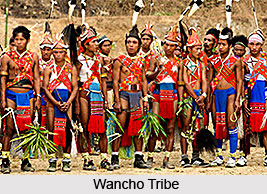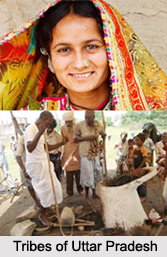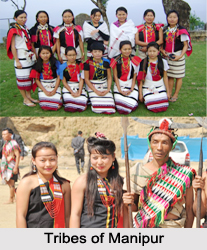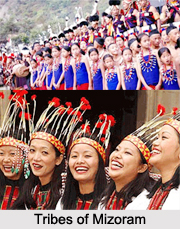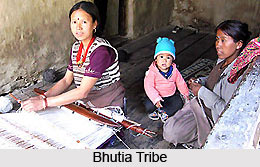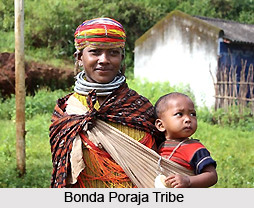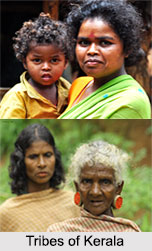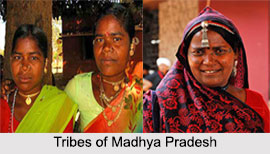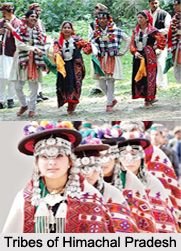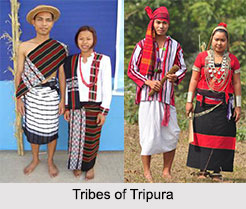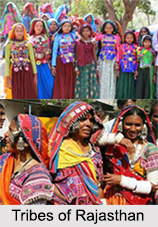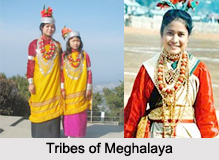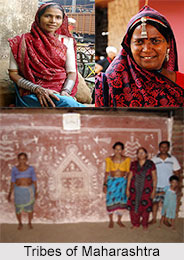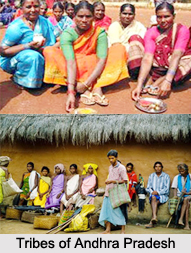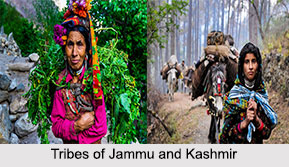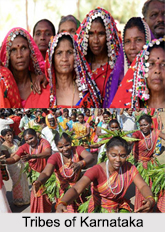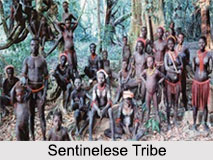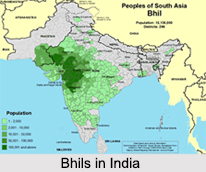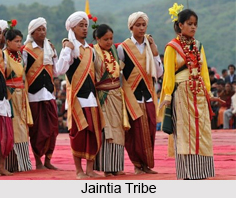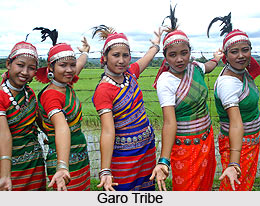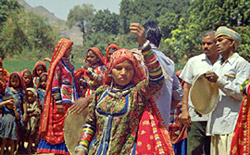Bhuiya tribe is one of the most prevalent tribes of the country. They are mostly found in the state of West Bengal. The name of Bhuiya tribe is derived from Sanskrit term `bhumi`, meaning land. Regarding the origin of their name, it is believed that these tribal people have forgotten their original name and later on adopted this designation conferred to them by the immigrant Aryans. Thus, the term Bhuiya is also employed by other groups as a title for landholders. The popular belief regarding their origin is that they were born out of the womb of Mother Earth. Numerous other myths are popular suggesting the origin of Bhuiya tribes. According to one of the legends, the deity chose the primitive Bhuiya tribe to be the owners of land. Just like any other tribes of India, these Bhuiya tribes too are farmers by profession. As per another mythological story, these Bhuiya tribes belong to a royal family. They enjoyed the same status of a king. However, with time a few of them lost the sanctity of their royal blood and were degenerated to a lower status. That they have undergone social mobilisation is quite explicit from this fact.
The Bhuiyas are divided into twelve septs namely Thakur, clan of royal blood; Saont, from samanta, viceroy; Kalo, a wizard or priest; Amata, counsellor; Padhan, a village headman; Naik, a military leader; Behra, manager of the household; Dehri, also a priest; Chatria, one who carried the royal umbrella; Sahu, a moneylender; and Dandsena, a police official. Bhuiya tribes are classified into a southern division, with Orissa as its centre, and a northern division, with Bihar as its centre. The southern division of Bhuiya tribe is comparatively backward than that of the northern division. These two main divisions of Bhuiya tribe consist of a number of sub-groups such as Hake, Dake, Katti, Dandsena, and Naksiya. Further, Rajwar, Rikhiasan, Musahar and Pawanhans are categorised on the basis of changing mythical origins.
In Bhuiya communities, marriages are usually adult. Parents arrange the prospective match for their children. Further, widow re-marriage and divorce are also permitted. A widow is expected to marry the younger brother of her late husband; however, it is not an obligation. They either or burn the dead. Culture of Bhuiya tribe represents various stages ranging from primitive Hilly culture to Hindu-influenced culture.
